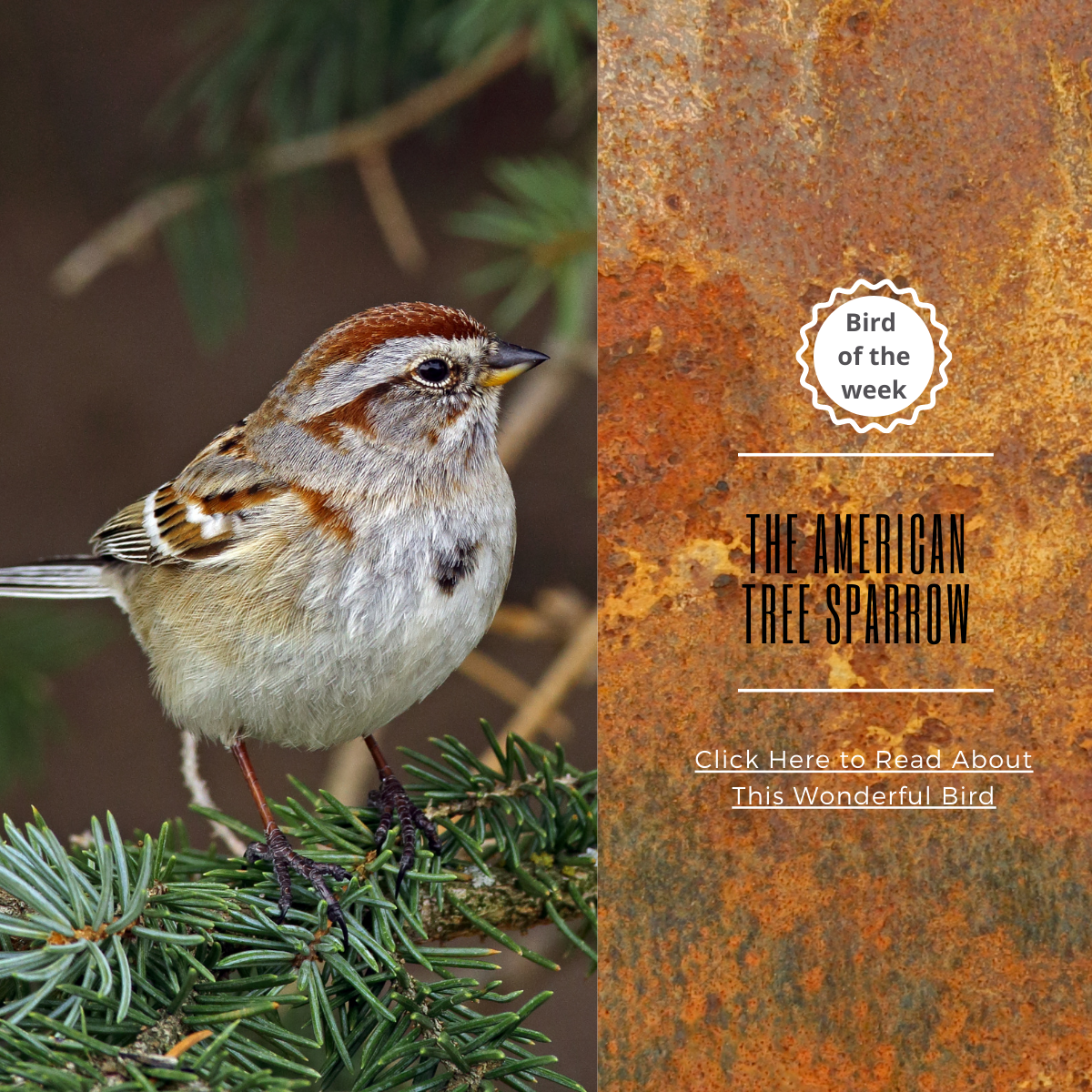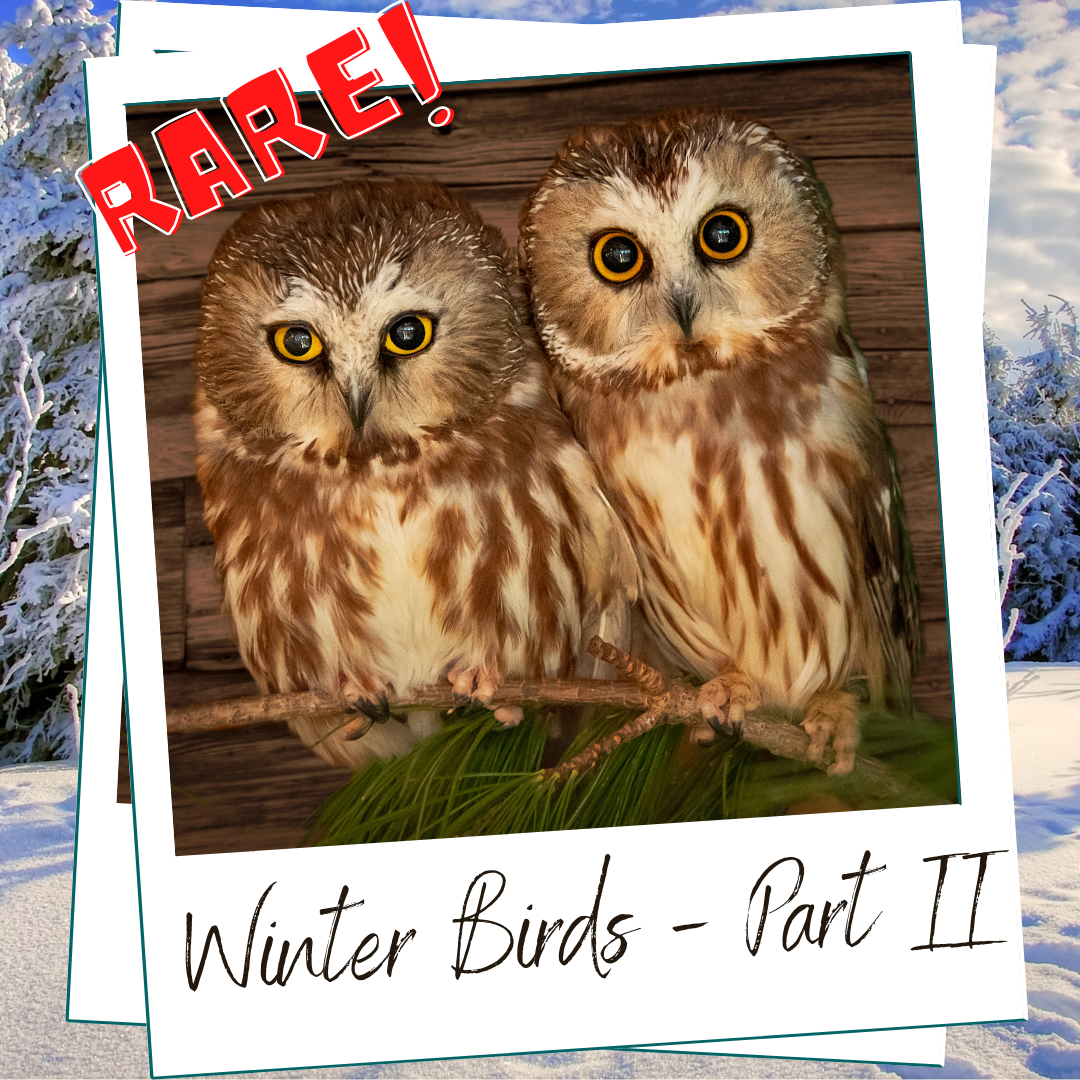
o purple finch
please tell me why
this summer world (and you and I
who love so much to live)
must die
“if I
should tell you anything
(that eagerly sweet carolling
self answers me)
"i could not sing”.
This poem is as beautiful as it is profound. Purple finches are a rare and welcome guest at our bird feeders. Their warbling from the highest of treetops as well as their warm coloring are a welcome sight and sound.
This is yet another bird with the wrong description in its name, as this bird is not purple but rather rosy-red. Described by the famous saying of Tory Peterson, this finch looks like “a sparrow dipped in raspberry juice” - though I see more “dipped in a fine merlot” coloring.
The inspiration behind the poem, the purple finch, has indeed a lot to mourn, as the common finch is a serious threat to its survival. When they are confronted with house finches, they usually lose out. However, notice the “pecking order” at your winter bird feeders. Purple finches dominate the goldfinches but give way to the siskin.
Things are improving as the global population is now estimated to be about 3,000,000 individuals, covering about 3,000,000 miles of North American tree tops! Purple finches appear biennially, (every two years), down to as far south as northern Florida and Texas. Researchers say this movement is due to variability in the food sources of birds, i.e. irruption.
Purple Finches hail from Canadian territory in the northeast, as well as from the Pacific coast. They breed in coniferous forests, mixed deciduous and coniferous woods. Their unique beak is large in size, and can reach the nectar without eating the flower or extracting the nectar from a nut. They eat the whole seed, preventing pollination. Birds are natural and welcome pollinators - except finches whose whole-seed consumption leaves no “heritage” for the fruit or flower it pecks.
Fruit trees, though, although seeming to suffer damage from the purple finches’ “pruning,” may actually benefit from it, as the tree has a better chance of regrowth.
LOOKS

Purple finches are medium-sized, about 6 inches long and weigh 0.6-1.1 oz - about the weight of a pencil. Adults have a raspberry color on the head, breast, back and rump. The tail is short and bifurcated.
Adult females have light brown upper-parts and white underparts with dark brown streaks throughout. They have white eyeliner
Many get confused with the house finch but the male purple finch is less streaked on his flanks, belly, chest and wings. Juveniles look like an adult female. Males usually develop their rosy-red plumage after their first year.
The large bill gives them a larger-looking head. Check out the female purple finch’s white eye liner and dark bandit mask.
Male purple finches have plumage that ranges from grey to the rosiest of reds. This is due to the carotenoid pigments of the seeds and wild foods they eat, such as the American golden finch and the northern cardinals - and after they molt, the colours return even brighter.
The average lifespan of the purple finch is 3 - 7 years. The oldest purple finch was found to be 14 years old.
WHAT DO PURPLE FINCHES EAT?
Purple finches are ground foragers but will look for juicy buds and seeds in trees, weeds, berries, and insects. If you have any coniferous trees in your backyard, such as pine, spruces, Douglas fir, cedar, juniper etc, you have a better chance of attracting them.
Purple finches eat mainly seeds and berries in winter and insects in summer including caterpillars, grasshoppers and beetles. They are fond of sunflower seeds, millet, buds and thistle. The juveniles eat mainly seeds.
The fruits they eat include berries from honeysuckle, blackberries and poison ivy as well as apricots, cherries, crabapples and juniper. In winter, you may see them eating dandelion and cocklebur seeds.

WHAT KIND OF BIRD FEEDERS DO THEY PREFER?
A window, tube or tray feeder will definitely do the trick. Offer them black-oil sunflower seeds, thistle, nyjer, shelled peanuts and mealworms and this will definitely lure them to your garden.
These guys can take over your feeder completely and put away much of the seeds there - hungry little things! It may take them a while to leave - giving you lots of time to enjoy the show.
They also need water, so having a heated birdbath is wonderful for purple finches, as well as for many other winter birds.
WHAT DO PURPLE FINCHES SOUND LIKE?
Purple Finches have a sweet, harmonious warbling sound, so much so that there was a time when they were kept in cages. Purple finches also mimic other species, such as Barn Swallows, American Goldfinches, Eastern Towhees, and Brown-headed Cowbirds.
Purple finches communicate in song that has a “tick” to it, to communicate when traveling in flocks. Males use other tweets when defending their territories. Females also give a short finch-like song while sitting on the nest.
PURPLE LOVE
Once a male fancies a female, he’ll start his “jig and chirp” mating dance. He can actually hop up 6-12 inches in the air with his chest puffed out, his tail cocked and wings drooping - all the while serenading to her with his soft warble and offering her a piece of material for their nest.
After these huge efforts, once mated, the male takes it easy while the female does all the hard work, like building the nest. The male does help her here and there but she does the most of the actual construction. The couple will create two broods and will probably use the same nest for both.
The female builds the nest on a horizontal branch or fork of a tree, in the shape of a shallow cup from any materials she can find, such as twigs, grass, roots and pieces of bark, as well as moss and animal hair.

Being coniferous birds, the nest usually nestles 5-60 ft high up a tree. The female will incubate 3-6 eggs with a brood patch (a patch with no feathers) and will not budge until they hatch, a period of about 13 days. The eggs are a shade of turquoise with dark dots.
The male will feed the female regurgitated seeds as well as to the young’uns, who will stick around the nest for a period of two weeks.

FUN'ish FACTS
House Vs. Purple
The purple finch population has declined sharply in the east due to the house finch. When these two species collide, the house finch usually outcompetes the purple finch. Which is pretty sad when you consider the fact that purple finches were here first, before the house sparrow was ever introduced to America in 1940. According to a study on finch behaviour, 95% of purple finches lost out to House Finches.
More than one purple finch is called a….
A group of finches are called a: "charm", "company", and a "trembling" of finches.
Women power
During disputes at food sources and in flocks, females usually win out over males.
Salty tooth
Purple Finches can be attracted to salt.
How to tell a house finch from a purple finch




2 comments
Cindy Maclean
I have the male finch come to my window every day
Cindy maclean
I have the purple bird finch come to my window every day
Leave a comment
All comments are moderated before being published.
This site is protected by hCaptcha and the hCaptcha Privacy Policy and Terms of Service apply.